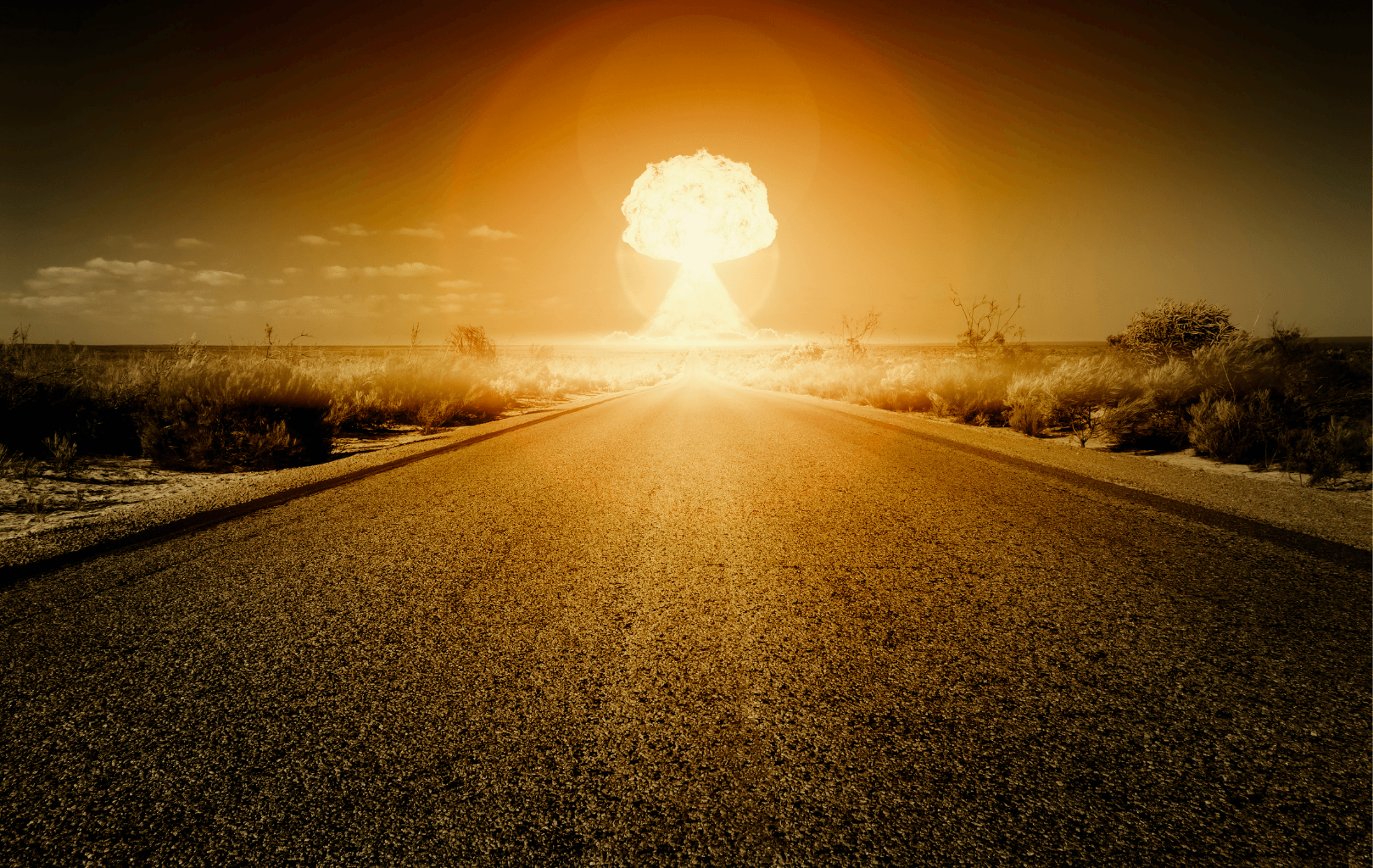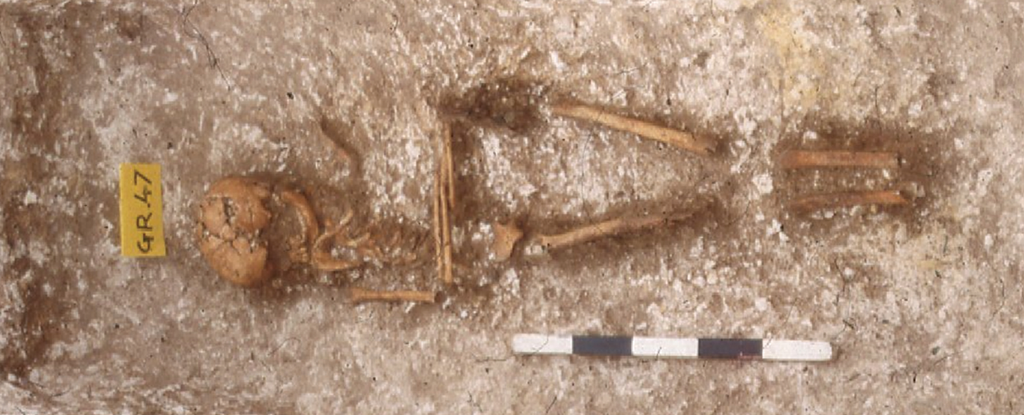5:29:45 a.m. local time. Atop a 100-foot (30.48-meter) tower, a metal-coated plutonium device, called “Gadget,” initiated its implosion. In its wake, an explosion with energy equivalent to around 20 kilotons of TNT blasted out, carving a 1,000-foot-wide (304.8-meter-wide) crater that’s 10 feet (3 meters) deep. A massive fireball, hotter than the surface of the Sun, rose to the sky, vaporizing everything it touched and spreading nuclear fallout far and wide. Ground zero was located deep in the White Sands desert of New Mexico, U.S.A.. The explosive test was called “Trinity”—named by the scientific head of the project, theoretical physicist J. Robert Oppenheimer, from an excerpt he remembered from a John Donne poem: “Batter my heart, three person’d God”—with the bomb being an exact replica of “Fat Man,” the very same nuclear bomb dropped less than a month later over Nagasaki, Japan. The date was July 16, 1945: the date of humanity’s first nuclear test.
Under the rubble from the nuclear explosion, sand under the test site melted and fused with the remnants of the metal tower that once housed the bomb, turning into a radioactive, reflective glass called trinitite. Most trinitite samples are green, but some of them appear red, likely from the trace amounts of copper and other metals from the test tower and recording equipment left onsite. Terry Wallace, director emeritus of the Los Alamos National Laboratory in New Mexico, led a team that analyzed these red trinitite samples from under the rubble, and looked for metallic “blobs” in the matrix that might contain crystals.
What they found instead was something that was literally out of this world: a five-sided “quasicrystal” with an atomic structure never before seen on Earth. The quasicrystal was predominantly silicon, from the sand, but also contained proportionally high amounts of copper, iron, and calcium. It remains unclear as to how this crystal exactly formed, but Wallace is sure about what created it: the Trinity nuclear test, on that fateful day in 1945. These oddball crystals lack the perfect symmetry otherwise seen in true crystals, and are only seen in meteorites from the early formation of the Solar System. It was thus thought that these quasicrystals can only be formed under the extreme heat and pressures prevalent in the universe’s most powerful explosions—that is, until Wallace and his team discovered that humanity unknowingly made its own once they tapped into the power of nuclear fission as a weapon of mass destruction.
According to Wallace, spotting these quasicrystals in other nuclear test sites will allow scientists to gauge the strength of these past explosive tests, and could reveal the nature of the nuclear bombs that created them.
Bibliography
- Bindi, L., Kolb, W., Eby, G. N., Asimow, P. D., Wallace, T. C., & Steinhardt, P. J. (2021, June 1). Accidental synthesis of a previously unknown quasicrystal in the first atomic bomb test. Proceedings of the National Academy of Sciences, 118(22). https://doi.org/10.1073/pnas.2101350118
- Newcott, B. (2020, July 14). I trekked to a nuclear crater to see where the Atomic Age first began. National Geographic. Retrieved August 19, 2021, from https://www.nationalgeographic.com/history/article/trekked-nuclear-crater-to-see-atomic-age-first-began
- Specktor, B. (2021, May 20). World’s first nuclear bomb test created rare, otherworldly crystal. LiveScience. Retrieved August 19, 2021, from https://www.livescience.com/trinity-nuclear-bomb-test-rare-quasicrystal.html
- Than, K. (2007, July 16). First Atomic Bomb Test Exposed U.S. Civilians to Radiation. LiveScience. Retrieved August 19, 2021, from https://www.livescience.com/1698-atomic-bomb-test-exposed-civilians-radiation.html











